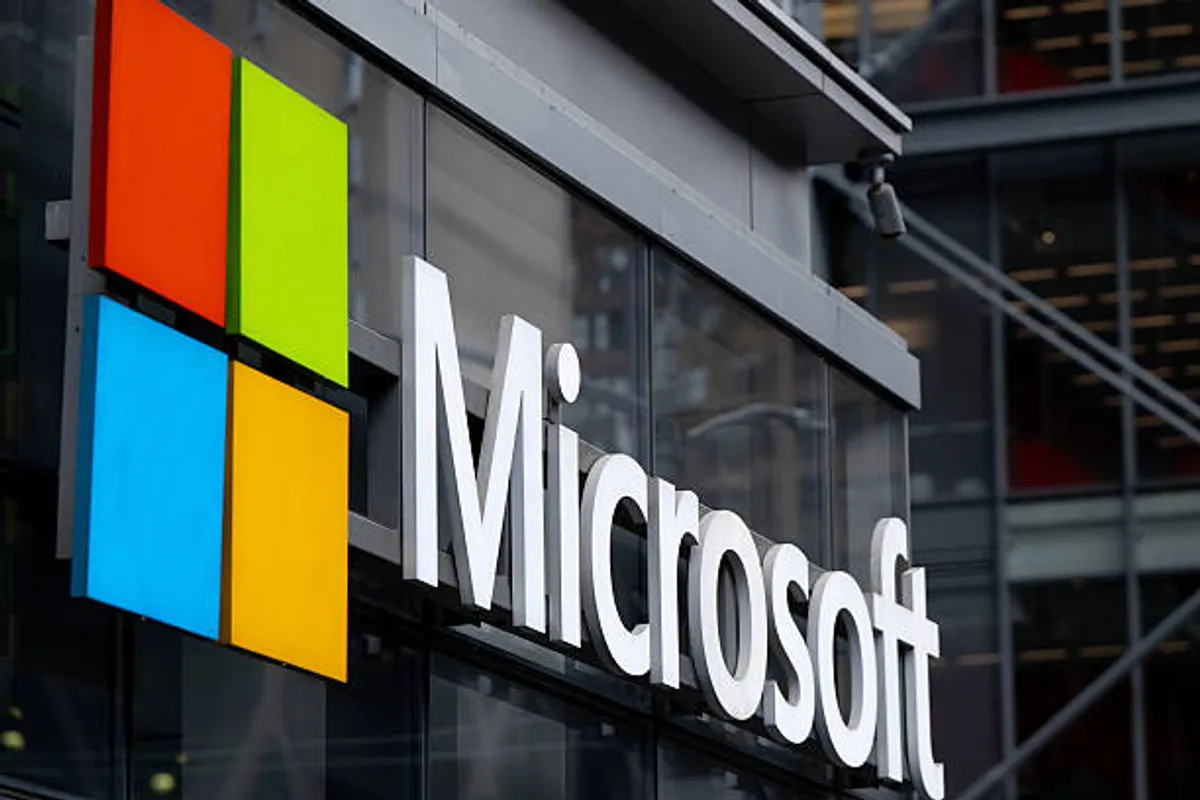
Microsoft Ends Remote Flexibility, Orders Workers Back to Office Three Days a Week

GeokHub
Contributing Writer
Microsoft has officially announced the end of its largely flexible remote work era, unveiling a new policy that will require employees to be in the office at least three days each week starting in February 2026.
A Phased Rollout
The new mandate will first apply to staff living within 50 miles of Microsoft’s Redmond headquarters, before gradually extending to other U.S. hubs and then to international offices later in the year.
While the requirement is set at three days, managers retain the authority to set stricter schedules of four or even five days in-person, depending on business needs.
Why Microsoft Is Making the Change
Amy Coleman, Microsoft’s Executive Vice President and Chief People Officer, said the decision was driven by data showing stronger productivity and innovation when teams collaborate face-to-face.
“We want to build an environment where employees thrive, ideas grow faster, and teams deliver with greater impact,” Coleman noted in the announcement.
The company also emphasized that the return-to-office plan is aimed at striking a balance — offering flexibility while ensuring consistent team engagement.
Exceptions and Employee Options
Employees with long commutes, dispersed teams, or special circumstances will be able to apply for exemptions. The deadline for these requests is September 19, 2025. Certain roles, such as consultants and field marketers, remain exempt since their work is primarily offsite.
Part of a Larger Industry Trend
Microsoft’s decision reflects a broader shift across the tech sector. Rivals such as Google, Meta, and Amazon have already implemented similar hybrid mandates in recent months, signaling an industry-wide retreat from pandemic-era remote policies.
Analysts suggest the move highlights growing pressure on major companies to restore in-office collaboration, strengthen culture, and maximize return on multi-billion-dollar office investments.
What It Means Going Forward
For Microsoft’s 220,000 employees worldwide, the adjustment will mark a significant cultural shift. While some welcome a return to structured in-person teamwork, others fear it will reduce flexibility that became a norm over the past five years.
With its phased approach, Microsoft appears set on easing the transition — but the message is clear: the future of work at the tech giant is no longer fully remote.








